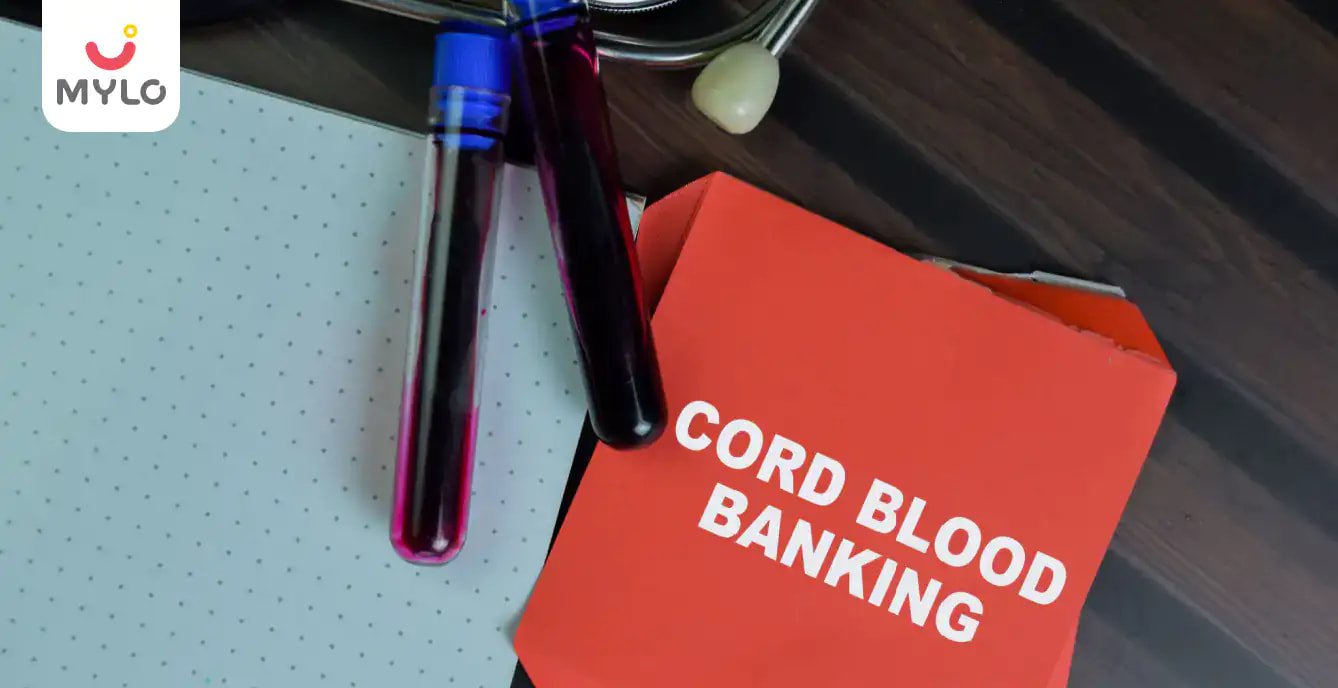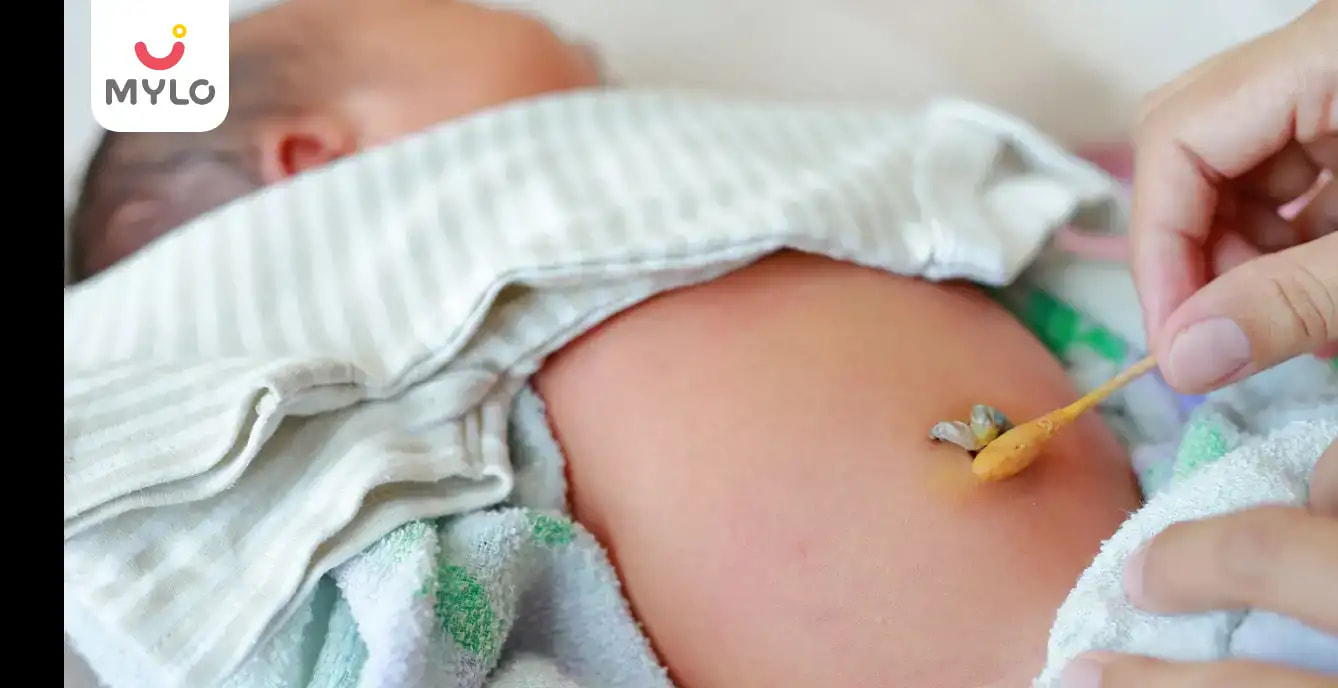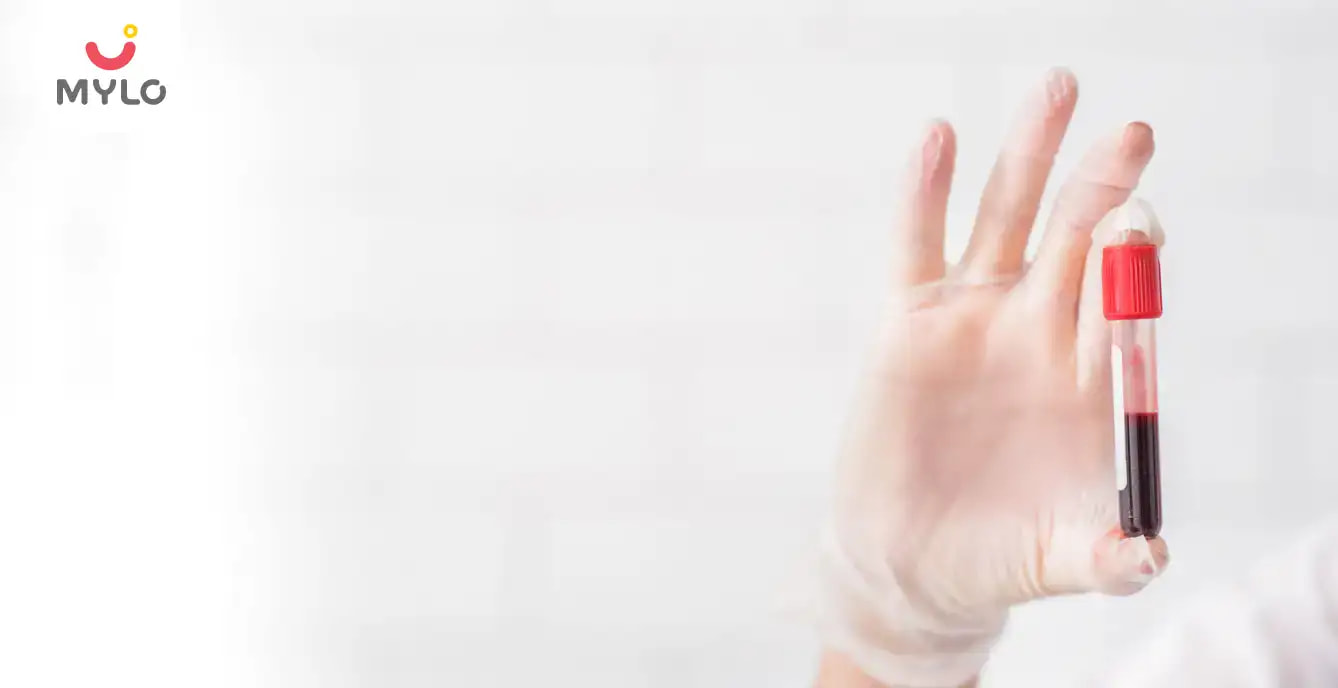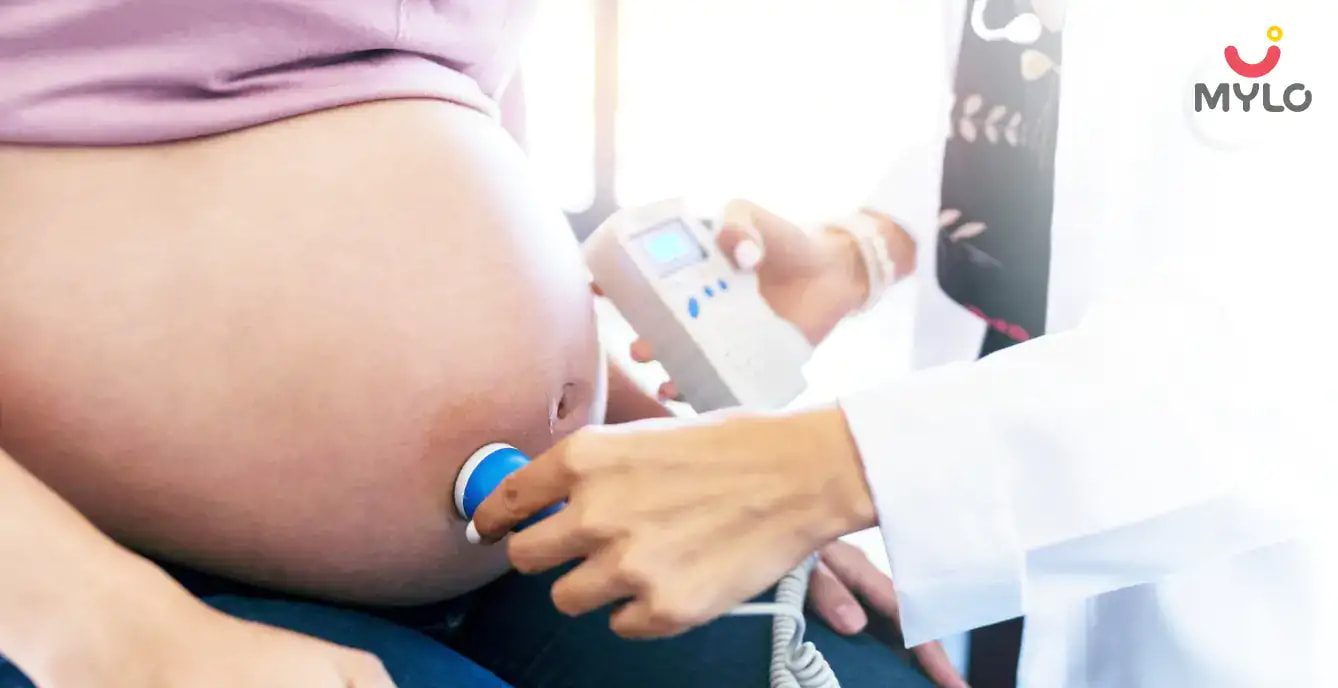Home

Stem Cell Banking

What is Cord Blood Banking and Should you get it done?
In this Article

Stem Cell Banking
What is Cord Blood Banking and Should you get it done?
Updated on 3 November 2023
Are you thinking of welcoming your baby with a complete future protection?
If yes, then duly consider stem cell banking to be one of the items in your checklist while preparing for the birth of your baby.
The umbilical cord – the lifeline between the mother and child is an excellent source of stem cells combined with numerous growth factors and hormones. These stem cells and growth factors play an important role in transforming a developing foetus into a fully-grown baby.
Stem cells are a specialised form of active cells that have the ability to transform into any type of cells. Currently they are being used to treat various life-threatening diseases. While stem cells can be derived from many parts of the human body, as per the medical fraternity, the most reliable and rich source is the umbilical cord. Stem cells present in the umbilical cord blood contain the youngest form of stem cells which are extremely potent as compared to adult stem cells present in other sources.
Earlier the umbilical cord was believed to be a medical waste and after the baby’s delivery it was an accepted norm to discard the same. Various studies were conducted and fortunately, scientists discovered that this is not a “medical waste” but a precious resource containing lifesaving stem cells that can help in treating a wide range of blood-related disorders such as various types of blood cancers, thalassemia, and anaemia to name a few.
The ultimate power of stem cells was revealed way back in 1988 when the first cord blood transplantation was successfully performed in France. Since then, it has been gaining popularity as an effective treatment modality and is also considered to be one of the best alternatives to bone marrow transplants.
At present, India has only 5000 units available in the public bank compared to 1 million in the International market where 30,000 transplants have been undertaken compared to only 32 in India. Another important fact is that the Umbilical cord stem cell treatment is free of cost under the Public Health Care system in the US and Europe. In India however, it costs anywhere between 13 to 18 Lakhs only to find a matched umbilical cord blood unit in the public bank and the treatment cost is additional. With the absence of public cord blood banks in India, the possibility of finding a match for most patients of Indian origin is a huge challenge..
In India, over the past decade, private cord blood banking has grown in popularity. This is specifically being promoted to insure the baby from unforeseen blood-related disorders and ensure not paying the price for a treatment through a public bank. However, for all these years, the umbilical cord private banks have wrongly promoted storage for self-use for the new born baby. It is important for every pregnant woman to understand that it is an accepted fact endorsed by the medical fraternity world over that use of your baby’s own cord blood stem cells is not possible in most blood related conditions. This is because over 90% of the blood related diseases in the child are genetic or hereditary. As per WHO’s successful transplant data, in most of the blood related disorders Umbilical Cord Blood Transplant (UCBT) is recommended to be that of another person’s (from a donor) and not from the baby’s own (self-use) cord.
Stem cells derived from the umbilical cord blood can serve as a future protection for your baby if preserved in the right scientific way as advised by a Haematologist and various medical councils across the globe. Thus, it is now being acclaimed that each Umbilical Cord Blood (UCB) unit privately banked be stored as part of a common pool thereby finding an easily available and best matched cord blood unit when needed at no additional cost. That is, if a cord blood unit is required by either one of the family members including the child, instead of depending on your banked cord blood only, you will be provided with the best matched cord blood unit available in the private pool.
Henceforth, every parent should choose the stem cell banking option wisely and secure the best for their baby and family.
References:
1. Mahendra Rao, Lars Ahrlund‐Richter, Dan S. Kaufman. (2012). Concise Review: Cord Blood Banking, Transplantation and Induced Pluripotent Stem Cell: Success and Opportunities. academic.oup.com
2. Cristina Navarrete,Marcela Contreras. (2009). Cord blood banking: a historical perspective. onlinelibrary.wiley.com



Written by
Sanju Rathi
A Postgraduate in English Literature and a professional diploma holder in Interior Design and Display, Sanju started her career as English TGT. Always interested in writing, shetook to freelance writing to pursue her passion side by side. As a content specialist, She is actively producing and providing content in every possible niche.
Read MoreGet baby's diet chart, and growth tips

Related Articles
Related Topics
RECENTLY PUBLISHED ARTICLES
our most recent articles

Diet & Nutrition
গর্ভাবস্থায় আলুবোখরা: উপকারিতা ও ঝুঁকি | Prunes During Pregnancy: Benefits & Risks in Bengali

Diet & Nutrition
গর্ভাবস্থায় হিং | ঝুঁকি, সুবিধা এবং অন্যান্য চিকিৎসা | Hing During Pregnancy | Risks, Benefits & Other Treatments in Bengali

Women Specific Issues
স্তনের উপর সাদা দাগ: লক্ষণ, কারণ এবং চিকিৎসা | White Spots on Nipple: Causes, Symptoms, and Treatments in Bengali

Diet & Nutrition
গর্ভাবস্থায় পোহা: উপকারিতা, ধরণ এবং রেসিপি | Poha During Pregnancy: Benefits, Types & Recipes in Bengali

Diet & Nutrition
গর্ভাবস্থায় মাছ: উপকারিতা এবং ঝুঁকি | Fish In Pregnancy: Benefits and Risks in Bengali

Diet & Nutrition
গর্ভাবস্থায় রেড ওয়াইন: পার্শ্ব প্রতিক্রিয়া এবং নির্দেশিকা | Red Wine During Pregnancy: Side Effects & Guidelines in Bengali
- ইনার থাই চ্যাফিং: কারণ, উপসর্গ এবং চিকিৎসা | Inner Thigh Chafing: Causes, Symptoms & Treatment in Bengali
- গর্ভাবস্থায় ব্রাউন রাইস: উপকারিতা ও সতর্কতা | Brown Rice During Pregnancy: Benefits & Precautions in Bengali
- Velamentous Cord Insertion - Precautions, Results & Safety
- Unlock the Secret to Flawless Skin: 7 Must-Have Qualities in a Face Serum
- Unlock the Secret to Radiant Skin: How Vitamin C Serum Can Transform Your Complexion
- Gender No Bar: 10 Reasons Why Everyone Needs a Body Lotion
- Unlock the Secret to Radiant Skin How to Choose the Perfect Body Lotion for Your Skin Type
- Top 10 Reasons to Apply a Body Lotion After Every Bath
- Communication in Toddlers: Milestones & Activities
- How to Improve Vocabulary for Toddlers?
- A Comprehensive Guide to Understanding Placenta Accreta
- Vulvovaginitis in Toddlers Causes, Symptoms and Treatment
- A Comprehensive Guide to Understanding Cerebral Palsy in Children
- Bitter Taste in Mouth During Pregnancy: Understanding the Causes and Remedies


AWARDS AND RECOGNITION

Mylo wins Forbes D2C Disruptor award

Mylo wins The Economic Times Promising Brands 2022
AS SEEN IN
















- Mylo Care: Effective and science-backed personal care and wellness solutions for a joyful you.
- Mylo Baby: Science-backed, gentle and effective personal care & hygiene range for your little one.
- Mylo Community: Trusted and empathetic community of 10mn+ parents and experts.
Product Categories
baby carrier | baby soap | baby wipes | stretch marks cream | baby cream | baby shampoo | baby massage oil | baby hair oil | stretch marks oil | baby body wash | baby powder | baby lotion | diaper rash cream | newborn diapers | teether | baby kajal | baby diapers | cloth diapers |








